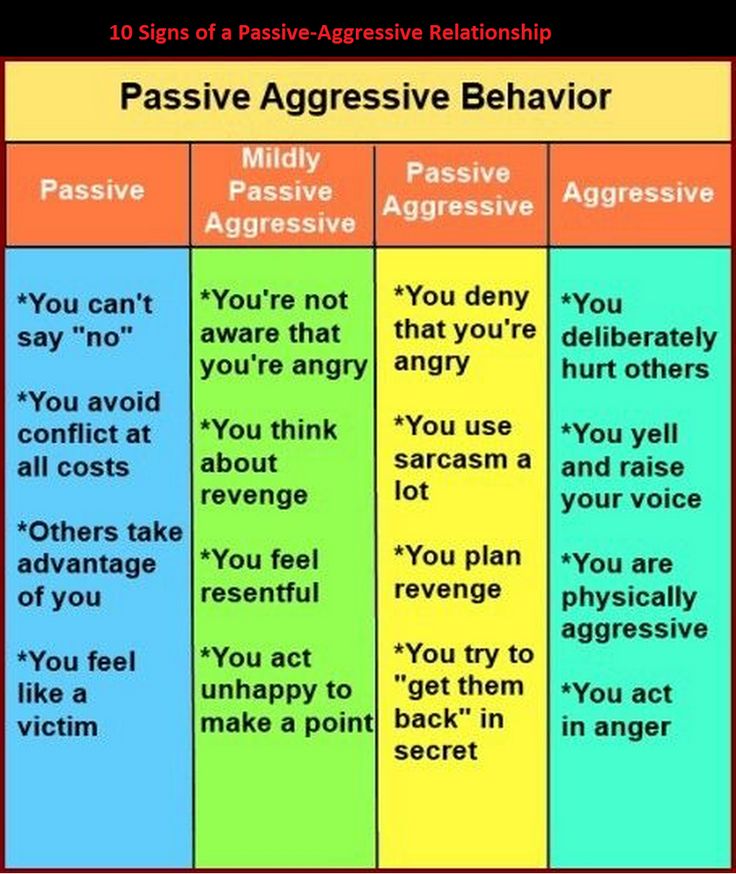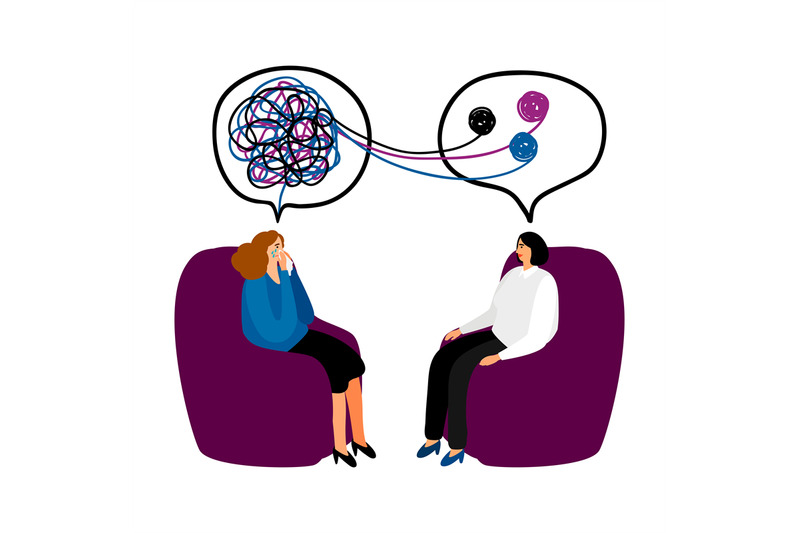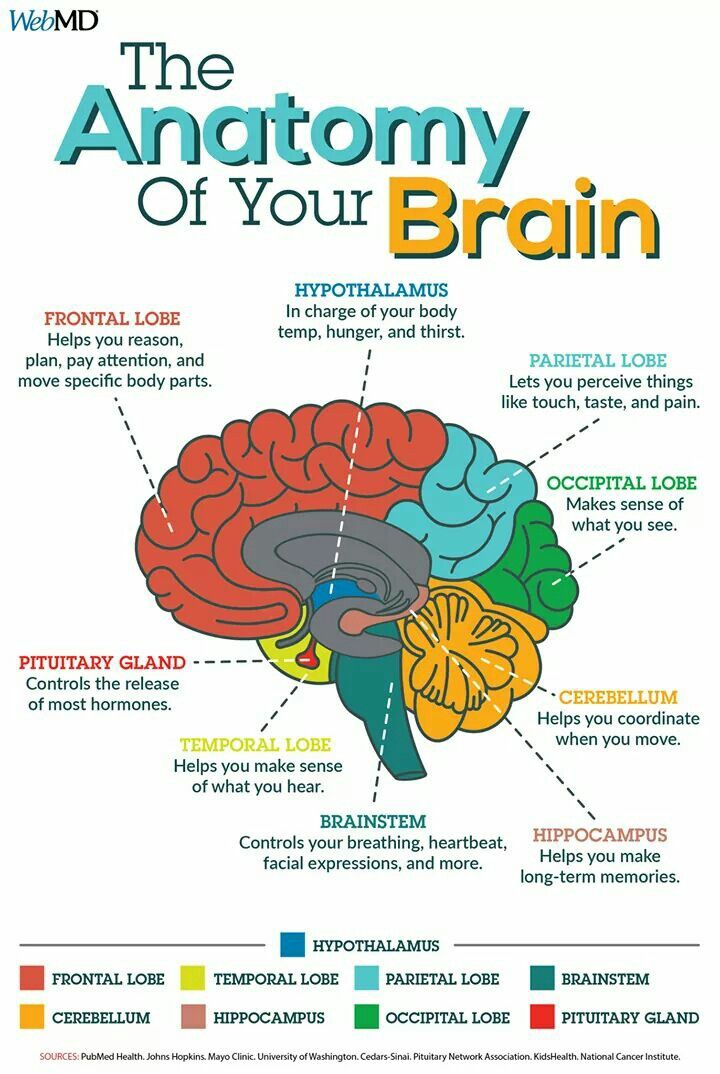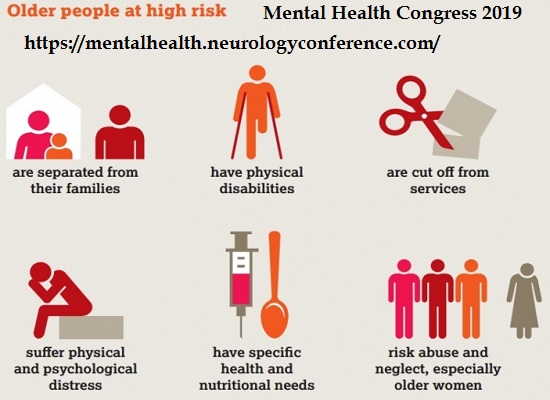What is defensiveness
What Is Defensiveness and How It Becomes A Vicious Cycle
communication defense mechanisms Oct 21, 2021
Defensiveness is a psychological defense mechanism that is often used in response to criticism.
This psychological defense mechanism is often used by couples during conflict and can lead to a vicious cycle where both partners become critical and defensive.
This is especially important to understand when it comes to financial conflict as defensiveness stops couples from productive problem solving and stops financial empathy and intimacy.
What Is Defensiveness?Defensiveness is most often a response to criticism. It’s when a person tries to defend themselves from feeling angry, hurt, or ashamed when they perceive the other person as critical.
Criticism may make the other partner feel anxious or worried that the other partner does not care for them. They may have low self-esteem or depression. They may experience self-blame, guilt, or shame about what they are perceiving as criticism.
These feelings and experiences may lead the person to defend themselves and try to stop feeling this way. This can lead them to become defensive.
Defensiveness often results from an attempt to protect oneself against perceived threats. When this happens, people tend to become rigidly set in their opinions and beliefs and refuse to see the other person’s point of view. They often turn things around and blame the other person for how they’re feeling or become critical of themselves.
A person can become defensive because of a fear of rejection, abandonment, humiliation, or failure.
Defensiveness can sneak up on you without our realizing it until it has already entrenched in your relationships and done its damage.
Purpose of DefensivenessThe purpose of defensiveness is to protect yourself against criticism by others.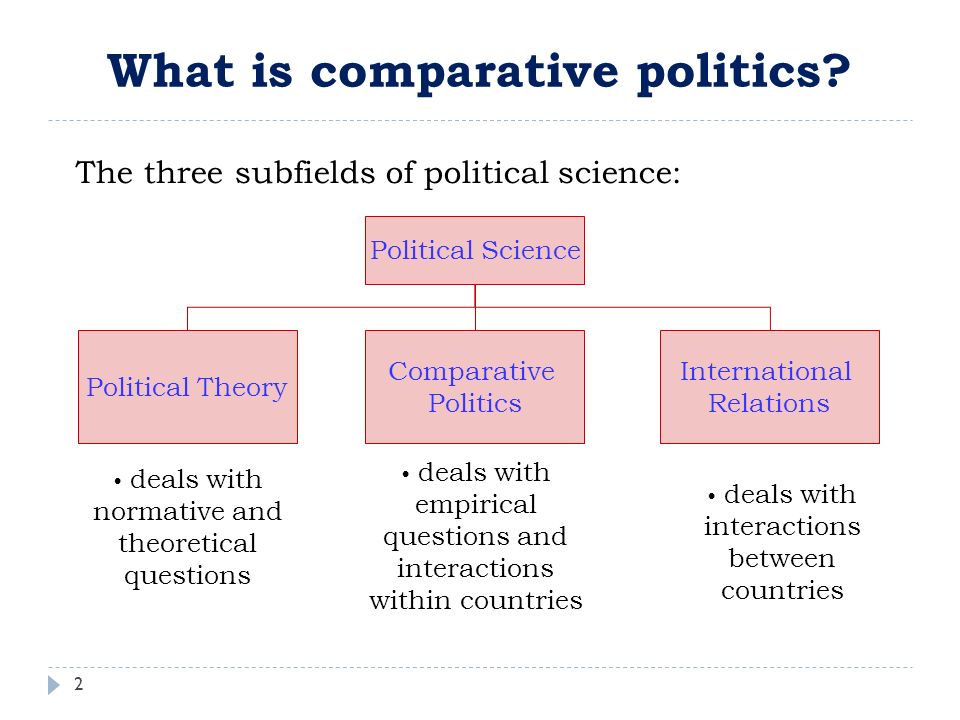
It can also be used to avoid conflict with other people. Defensive behaviors can distract you from your feelings, particularly feeling ashamed or hurt.
The core purpose of defensiveness is to turn the attention away from you and toward the faults of the other person.
In this way, you're directing blame toward the other person.
Although these behaviors may make you feel good at the moment they ultimately leave you feeling worse.
A Vicious Cycle
When you direct blame at other people to avoid feeling criticized or attacked you end up becoming critical yourself. This can end up creating defensiveness in the other person.
Then, a cycle can ensue where defensiveness and criticism cycle back and forth between each partner in an endless loop.
Without intervention, this can be extremely destructive to a relationship.
Types of DefensivenessTypes of defensiveness include:
- Bringing up the past - reminding someone of past mistakes.
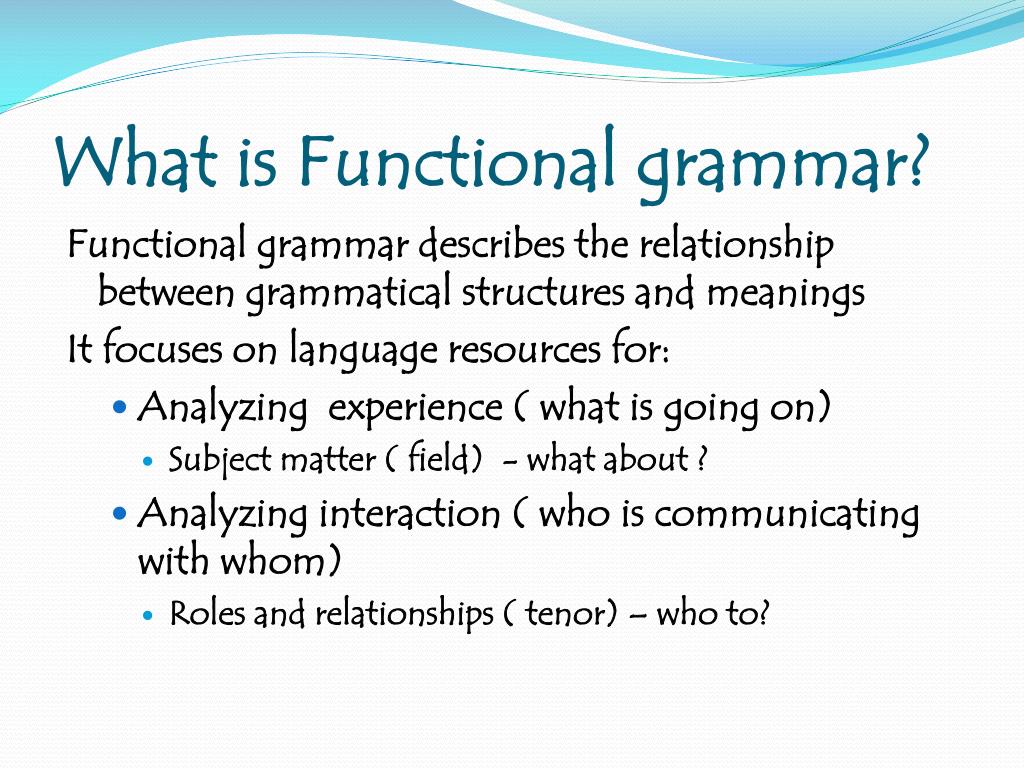
- Silent treatment - not speaking to someone or ignoring their attempts to resolve conflict.
- Gaslighting - making the other person doubt their reality or their memory.
- Attack - attacking the other person to discredit them.
- Blaming - shifting blame for whatever you're being criticized for to the other person.
- Indignation - acting as if the other person shouldn’t question you because your stance is morally superior.
- Playing the victim - agreeing with the other person but them making them feel guilty.
There are many reasons why people act defensively. Defensiveness can be learned in childhood and may result from childhood trauma.
Some examples of the causes of defensiveness include:
- Feeling like others don't care enough about you.
- Being afraid of rejection.
- Having low self-esteem.
- Lacking confidence.
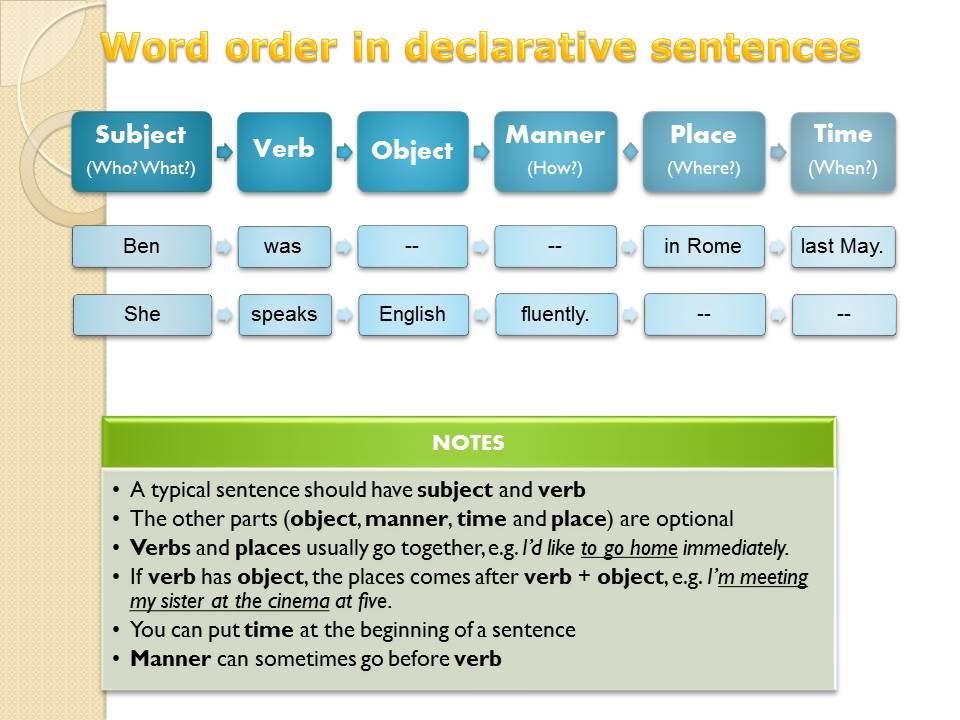
- Fearing failure.
- Not knowing how to handle criticism.
- Avoiding conflict.
- Childhood trauma.
- Anxiety.
- Inability to be assertive.
- Reaction to shame or guilt.
- Hiding the truth.
- Unwillingness to admit mistakes.
- Response to criticism of your behavior or character.
- Learned behavior from childhood.
The most important reason behind defensiveness is fear. People who are fearful tend to overreact to situations because they believe their fears will come true.
How To Recognize DefensivenessRecognizing that you are becoming defensive is an essential component to overcoming defensiveness. The first step toward dealing with being defensive is recognizing that you are starting to act defensively.
Signs you're becoming defensive include:
- Blaming the other person for what they're criticizing you for.
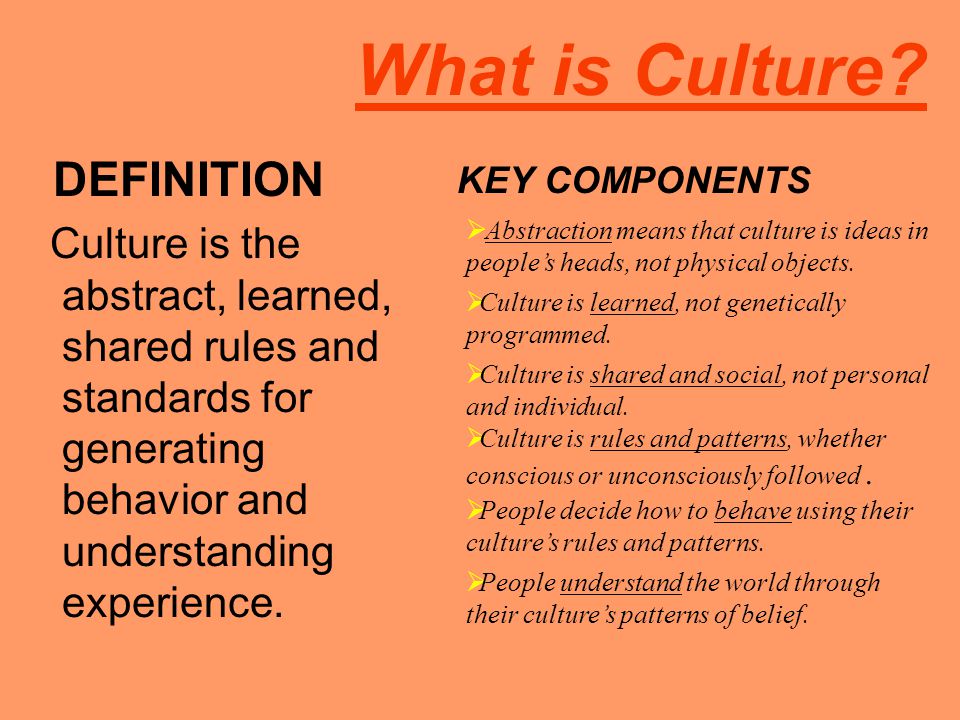
- Accusing the other person of being defensive.
- Justifying your actions.
- Bringing up the past.
- Not listening.
- Making excuses.
- Telling the other person they shouldn't feel how they do.
Once you realize you're being defensive, ask yourself these questions:
- Why am I acting in a defensive way?
- Do I know how my behavior affects me?
- How is my defensive behavior impacting the resolution of this conflict?
- How am I feeling right now?
- How can I validate my feelings?
- How can I choose not to act on my defensiveness, even though I'm feeling defensive?
- What other behaviors would be more productive in reaching my desired outcome right now?
- How can I anticipate when I'm about to get defensive in the future?
Other ways to deal with defensiveness include building your self-esteem, dealing with underlying mental health issues, learning effective communication skills, and seeking out counseling.
In my upcoming course, The Couples Guide to Financial Intimacy, I teach couples how to avoid getting stuck in unhealthy communication patterns around money.
If you or your partner struggles with defensiveness I encourage you to sign up to be one of the first to know about my upcoming course.
Curious About Your Attachment Style?
Take the Attachment Style Quiz now and learn how it impacts your relationships, finances, and life!
TAKE THE QUIZ
The Four Horsemen: Defensiveness
Defensiveness is really a way of blaming your partner.
Defensiveness is really a way of blaming your partner.
Defensiveness is really a way of blaming your partner.
The third horsemen in the Four Horsemen is defensiveness, which is defined as self-protection in the form of righteous indignation or innocent victimhood in an attempt to ward off a perceived attack. Many people become defensive when they are being criticized, but the problem is that its perceived effect is blame. It is usually a counterattack to a complaint, which is not criticism.
It is usually a counterattack to a complaint, which is not criticism.
Everyone has been defensive, and this horseman is almost always present when relationships are on the rocks. When you feel unjustly accused, you fish for excuses so that your partner will back off. But defensiveness is a way of blaming your partner. You’re saying, in effect, “The problem isn’t me, it’s you.”
Complaint: “Did you call your parents to let them know that we’re not coming tonight as you promised this morning?”
Defensiveness: “I was just too busy today. You know how busy my schedule is! Why didn’t you just do it?”
The defensive partner in this example isn’t taking responsibility for breaking their promise. Instead, they blame their partner. As a result, the problem is not resolved and the conflict escalates further, which paves the way for other horsemen, like criticism and contempt, to enter into the argument.
Unfortunately, this strategy is almost never successful.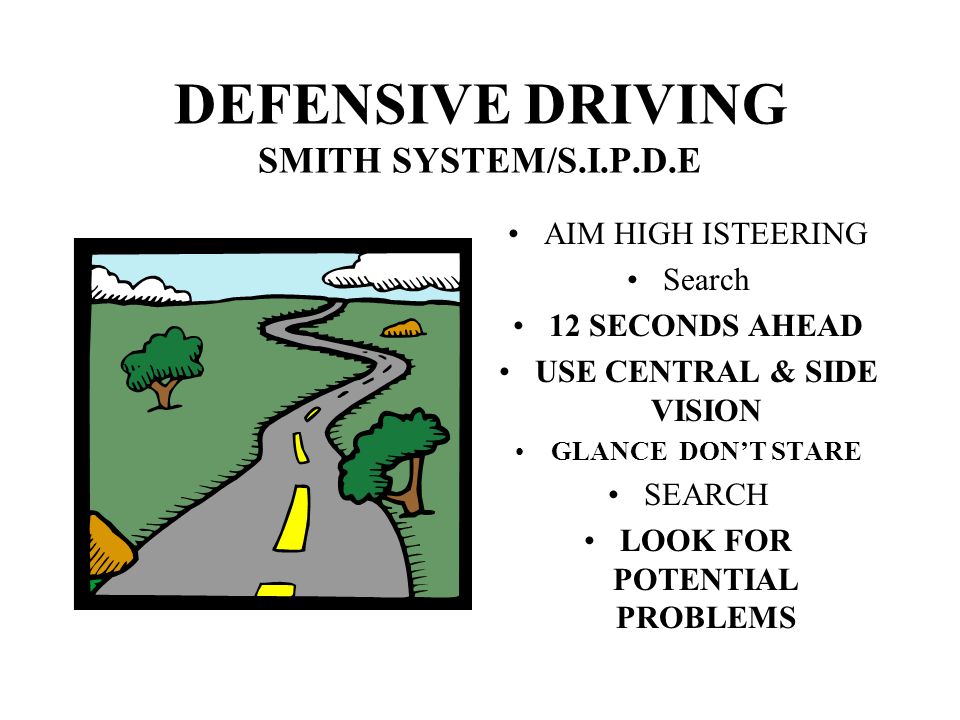 Excuses just tell your partner that you don’t take them seriously, or you’re trying to get them to buy something that they don’t believe, or you’re simply blowing them off. Although it is perfectly understandable for this partner to put up a defense in the example given above, this approach doesn’t have the desired effect. The attacking spouse does not back down or apologize. They fail to solve the problem.
Excuses just tell your partner that you don’t take them seriously, or you’re trying to get them to buy something that they don’t believe, or you’re simply blowing them off. Although it is perfectly understandable for this partner to put up a defense in the example given above, this approach doesn’t have the desired effect. The attacking spouse does not back down or apologize. They fail to solve the problem.
The antidote to defensiveness? Take responsibility.
The antidote to defensiveness is to accept responsibility for your role in the situation, even if only for part of the conflict. In healthy relationships, partners don’t get defensive when discussing an area of conflict.
Complaint: “Did you call your parents to let them know that we’re not coming tonight as you promised this morning?”
Antidote: “Oops, I forgot. I should have asked you this morning to do it because I knew my day would be too busy. Let me call them right now.”
John Gottman talks to Anderson Cooper about defensiveness in the first half of this short clip:
Partners who avoid defensiveness instead take responsibility for their role in the issue and express an interest in their partner’s feelings. They say, “You’re right, I could have been more aware of how exhausted you were. What you are saying makes some sense, tell me more.” Having acknowledged that you have some role in the problem, you are accepting responsibility for a part of it. When you do this, you will find that you can have a real dialogue with your partner. You become a team working through the problem together.
Think about perpetual problems in your relationship, those problems that come up often and never seem to go away. Do you feel that the TV is on too much? Do you feel that your partner is away all the time? Do you feel overburdened with housework? Do you feel like you spend too much time arguing about little things?
Imagine the conversations, arguments, and fights you have about conflict areas going differently, with less criticism or contempt and more understanding your partner’s needs, expressing your needs in a healthy way, and taking responsibility for things that went wrong.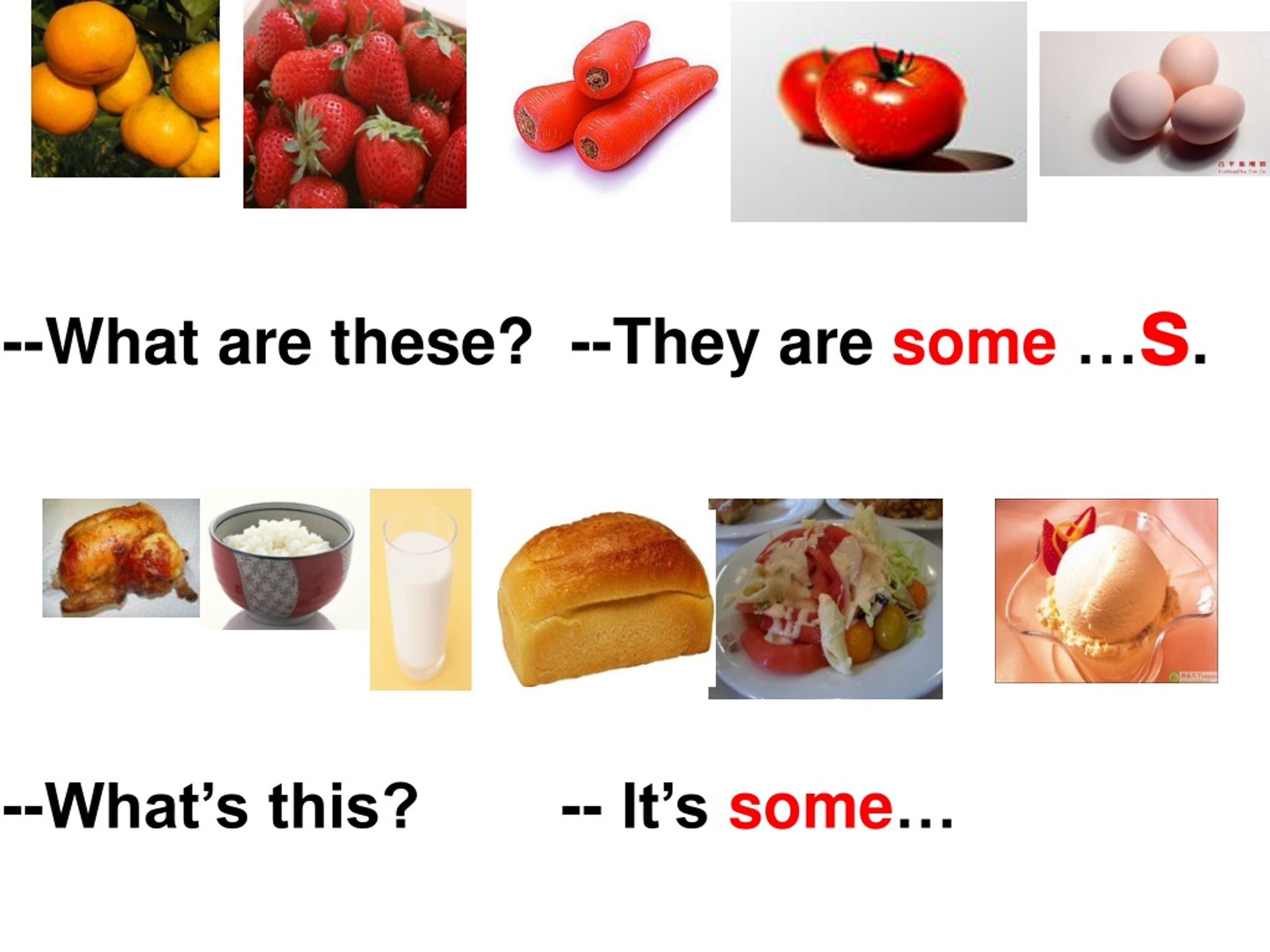 If these discussions crop up all the time, you’ll be sure to benefit from handling them in a healthier way. Think about these two things when bringing up a particular problem:
If these discussions crop up all the time, you’ll be sure to benefit from handling them in a healthier way. Think about these two things when bringing up a particular problem:
- What is your goal?
- What is the real problem underlying the conflict?
When you have time, make a list of the subjects you want or need to address—the ones that never seem to get resolved. Write down your desired way for the conversation to go. Using the examples above, try to replace defensiveness with taking responsibility the next time the subject comes up. Also, don’t forget what you learned about criticism: complain without blame and express a positive need. You will be happily surprised with the results!
What can we learn from defensiveness?
In the following interview from Forbes India, Professor Douglas Stone of Harvard Law School, an expert on negotiation and difficult conversations, answers questions for Rotman Magazine at the University of Toronto. The topic is “behavioral blind spots. ”
”
Q: We’ve all heard of literal blind spots, but what is a “behavioral blind spot?”
A: These are things that we can’t see about ourselves, but which others do see. When someone tries to give us feedback in a blind spot, we usually reject it as simply wrong – not because we’re being irrationally defensive, but because, to us, it actually seems wrong. It leaves us feeling confused, because we wonder what would cause others to give us feedback that is so off target? Are they jealous, petty, naïve, or political? As we sort through what would motivate the other person to give us such feedback, we move further and further from considering how the feedback might be useful to us.
Q: What causes blind spots?
A: There are two key causes. The first is that we can’t see ourselves. We spend a lot of time with ourselves, so in one sense, we know more about ourselves than anyone else could ever know; but there are things about ourselves that we literally can’t see, such as our facial expressions and our body language.
Even our tone of voice is hard to judge. So the very data that is most obvious and present to others is what is missing for us. We communicate a tremendous amount through expressions and tone, especially regarding our emotional state. The merest squint can communicate, “I doubt that,” even as we’re saying, “that sounds right.”
For example, John Gottman, a psychologist at the University of Washington who studies relationships, found that eye-rolling correlates with a higher divorce rate. Think about it: when you roll your eyes, you are aware that you’re frustrated or disgusted, but you are unaware that you are rolling your eyes. You are unaware, then, that you are communicating your emotions to your spouse, but your spouse is quite aware.
A second kind of blind spot is our impact on others, which again, we cannot see, because these impacts occur inside the minds and hearts of the other person. We have indirect evidence of it, but it’s easy to misinterpret. “Surely, she knew I was joking,” we think; or, “I can’t imagine what I said upset him; it wouldn’t have upset me.
” Sometimes we’re right, but often we’re wrong.
Stone makes some excellent points. When you become defensive in a conversation with your partner, you react to their words without listening to what they’re saying.
More often than not, you attempt to ward off the perceived attack by turning the tables on them. “It’s not my fault that we’re always late; it’s your fault.”
Remember that non-verbal cues are constantly exchanged in conversation, often picked up subconsciously by your brains while you are busy processing something else in the interaction. Whether you realize it or not, they are vital to your interpretation of the speaker’s intent. Tone, body language, facial expression, and other external effectual signs are often internationally recognizable, not particular to any cultural or ethnic group.
You can all read eye-rolling as contempt, as Stone mentioned above, and feel a listener’s turned-away body language as a sign of withdrawal. However, other non-verbal cues are not as recognizable.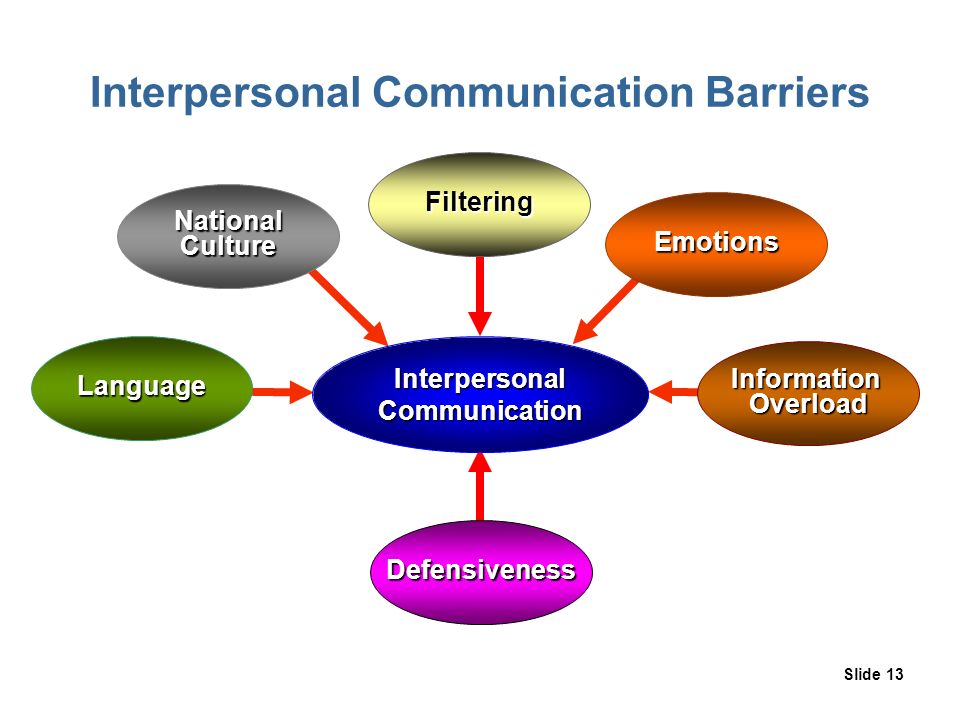 You may not even be aware that you are doing it.
You may not even be aware that you are doing it.
Try to take Stone’s message to heart in your future conflict discussions with your partner. You may have the best intentions when you come into a conversation, but even the most positive attitude cannot last in the face of serious misunderstanding. Though you may have your partner’s best interests in mind, if they misinterpret your message, you’re likely allowing more horsemen into the situation: criticism can evoke a defensive response, followed by a contemptuous statement, leading to emotional withdrawal and stonewalling.
Keep your focus on avoiding criticism and contempt, and you can hold off the rest much more easily. Practice paying attention to your responses and those of your partner. Try accepting responsibility and see the benefits of your results. Your relationship may begin to feel safer, more stable, and more intimate than ever before.
The Marriage Minute is an email newsletter from The Gottman Institute that will improve your marriage in 60 seconds or less.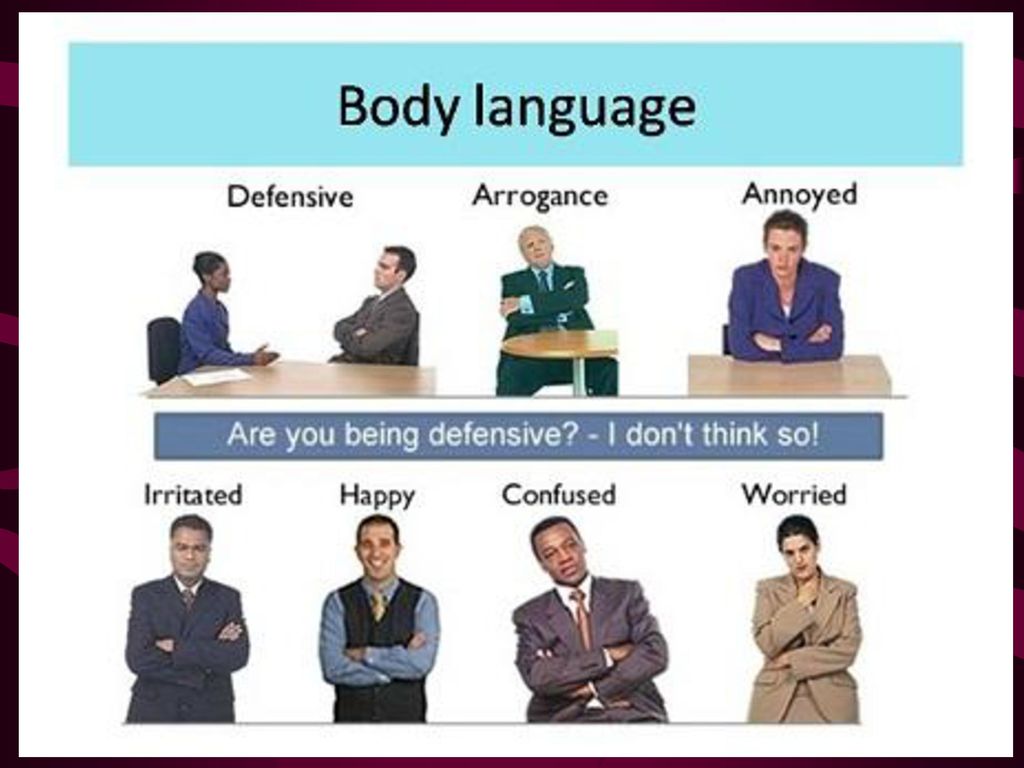 ="wpforms-"]
="wpforms-"]
how do they play for whites and for blacks?
Good afternoon, dear friend!
Today our topic is modern defense. Modern not in terms of correspondence to the present, but as the name of an opening in chess
- What kind of opening is this?
- The main options
- a) 3 ... C6
- b) 3 ... C5
- g) 3 ... D6
- Short resume
- Typical errors and traps
- Mamitable parties
What are this debut? nine0027
Under the general name " Modern Defense " it is customary to consider a group of continuations that arise after the first moves:
The second, parallel name of this opening is Robach Defense .
It should be noted right away that Black, if desired, on the first moves can transfer the game to the Pirc-Ufimtsev Defense (if they play Nf6 ) or to some variations of the Caro-Kann Defense ( c6 + d5 )
Black emphasized with Olympian calmness refer to White's capture of the center.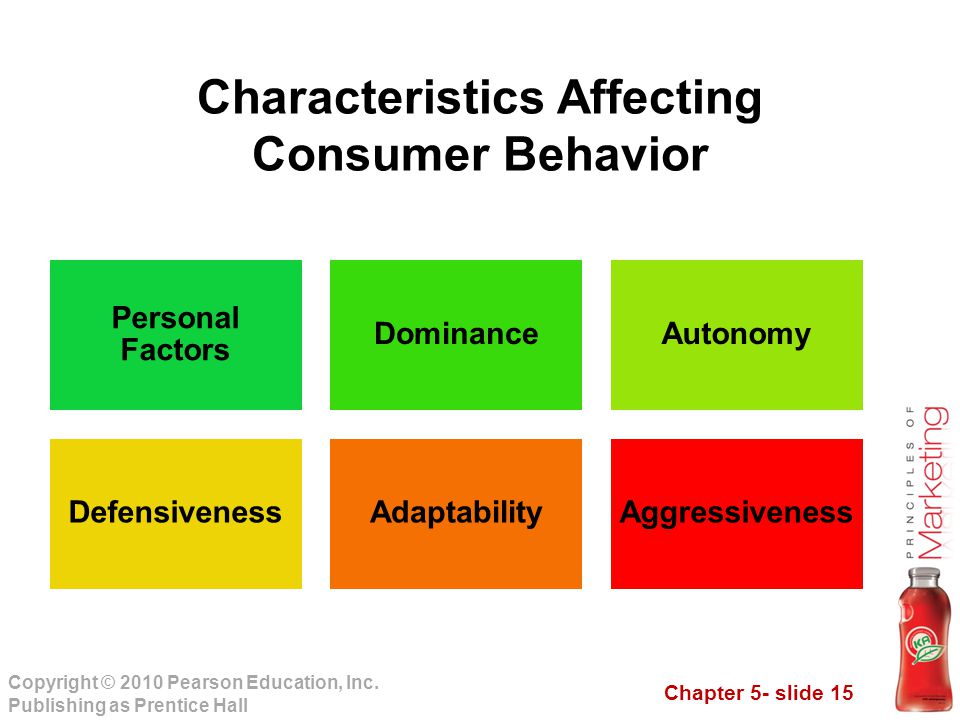 Bishop development by g7 will allow further attacks on White's center, as is done in more well-known openings - King's Indian Defense, Benoni Defense, of the same Defense Pircza .
Bishop development by g7 will allow further attacks on White's center, as is done in more well-known openings - King's Indian Defense, Benoni Defense, of the same Defense Pircza .
Variants of modern defense are often used as "special methods" of playing for complications, an attempt to confuse the opponent.
The modern black defense was encountered in the games of Carlsen, Kramnik, Karjakin, Aronian, Nakamura and many other leading players.
3.Nc3
The most logical and common move. Here is the best place for the knight, and White can place the rest of the pieces depending on Black's formation.
Basic options
So
The main position of modern protection. Apart from the transition to the defense Pirc-Ufimtsev and Karo-Kannu, Black has a fairly wide range of possibilities that are of independent importance. Consider the most popular of them.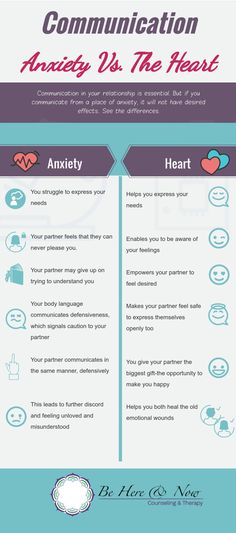
a) 3…c6
The square d5 is taken under control and opens expensively to the queen.
4.f4 Qb6
An unusual maneuver that deserves attention.
5.Nf3 d5!?
Pawn sacrifice. 6.ed will be followed by 6... . Bg4 . Most often, White deflects the sacrifice, keeping the center.
For example:
White has a slight advantage.
b) 3…c5
A risky plan with a pawn sacrifice. nine0003
4.dc
Now it's Black's choice. Most often they play 4...Bxc3 or 4...Qa5
4...Bxc3
Numerous weaknesses of white pawns can compensate for the loss of the bishop.
Further possible:
Now White is down a pawn, but with two bishops. And with sufficient compensation
4…Qa5
Black wins back the pawn with a double blow and in case of White's slowness he can achieve a good game.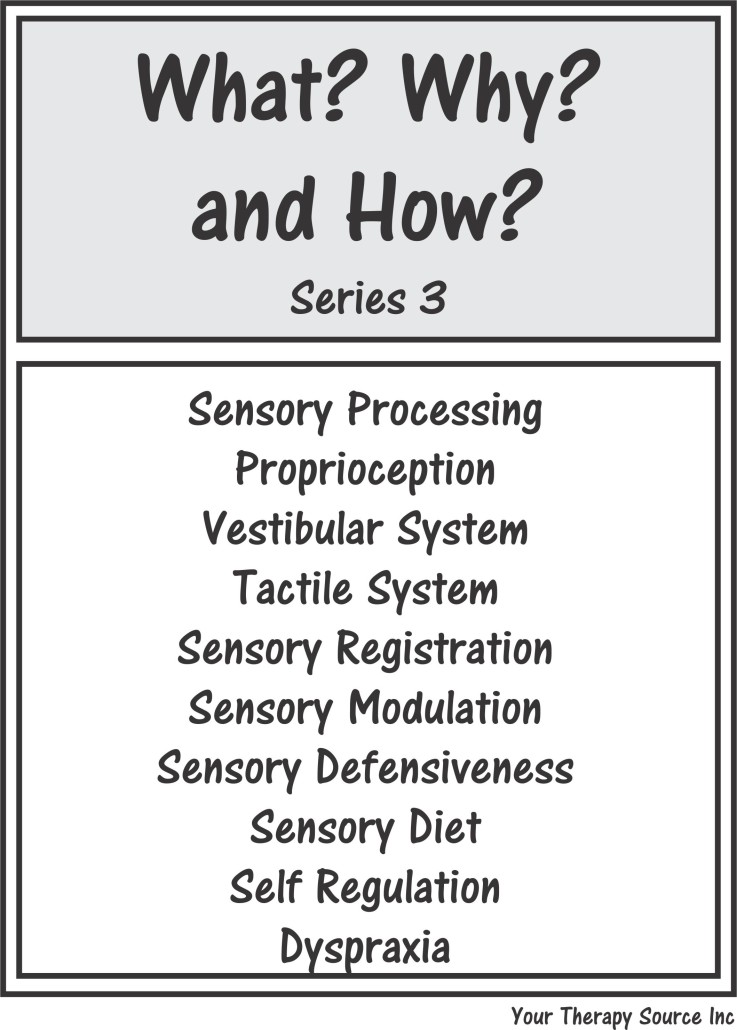 White must play accurately and actively. nine0003
White must play accurately and actively. nine0003
Example:
White has the strongest attack.
c) 3…а6
Pretty ambitious idea. Black carries out an extended fianchetto of the second bishop.
4.f4 b5
Possible continuation:
White has an advantage. Brediud-Whitelka , 1969
d) 3… d6
This is considered the main move. It is almost always done in modern defense a little earlier or a little later. nine0003
4.f4
White follows his concept of capturing the center
Now 4…Kf6 leads to the defense Pirc Ufimtsev . Black also has other possibilities that are of independent importance within the modern defense.
4…Nc6
Black attacks the strategically important point d4 , taking advantage of the fact that White cannot play c3.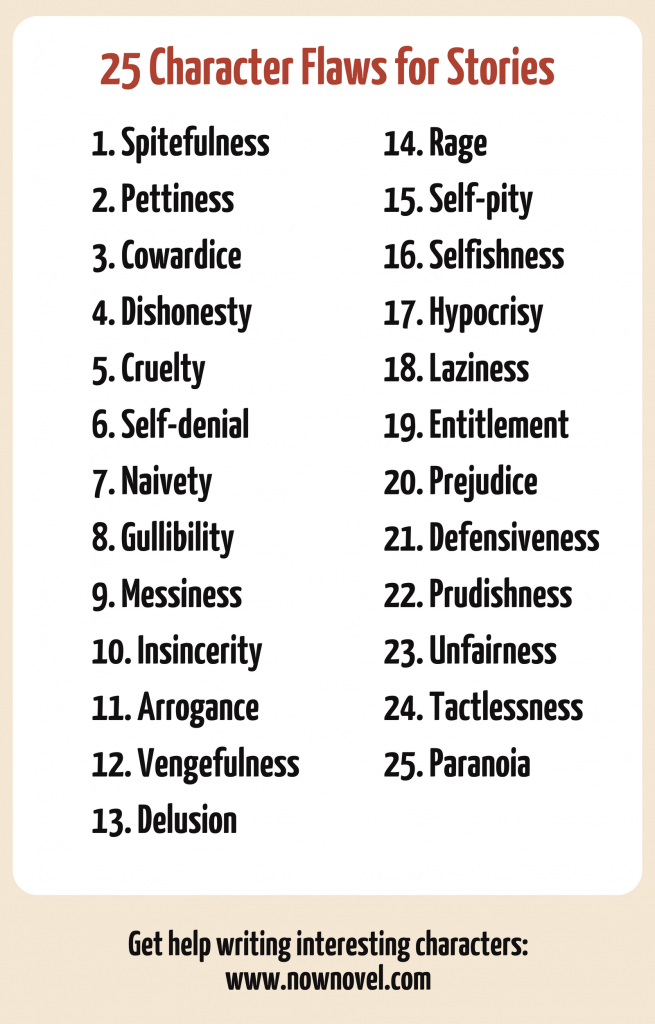
5.Be3
Just defending the pawn is the best option. nine0003
This could be followed by:
With a slight advantage for White. Van der Veil - Azmaiparashvili , 1994
4…с6
This move is also connected with the pressure on the point d4 , but in a "detour".
5.Kf3
Further possible:
White has a strong initiative instead of a pawn. Glek-Gocro , 2001
4…а6
This system is called Uitelki – Chepukaitis .
An original development method in which Black does not seem to pay attention to White's moves and arranges his pieces according to a certain pattern along the 6-8 ranks.
5.Nf3
Then came:
6…b5
An example line:
Black has some initiative for the pawn.
6…Nd7
Further possible:
White has an advantage.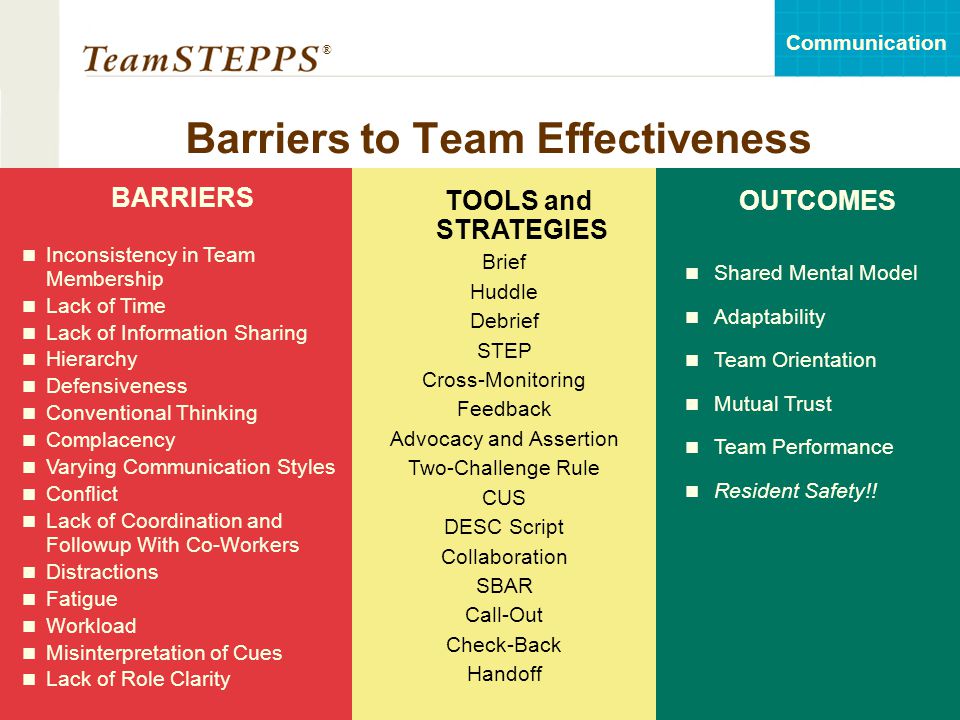
Brief summary
Modern defense counterplay methods are risky in the sense that they give White a clear advantage in the center. However, White is required to be careful and active at the same time. the game.
Excessive complacency and formulaic play can lead to trouble.
White's main advantage is the powerful center . Nobody canceled the basic laws of chess. I believe you have noticed that in many variations White plays f2-f4 to form an extended center. nine0003
Usually only if White loses the center does Black's counterplay bring him success.
Typical mistakes and traps
Black resigned. Dadiani - Dubrava , 1896
This example is not just for beginners. Believe it or not, but after this game - the original source, the position after 5.С:f7+ was found in a good ten games of masters.
Black resigned, he loses his queen. Landa - Del Campo 1998g.
Landa - Del Campo 1998g.
From the same variant:
And White wins. Helm - Svedborg, 1990
approximate batches
Wei and-Carlsen , Bilbao, 2016, 0: 1
Areshchenko-Aronnyan , 2015, 1: 0
Naydich, Khanty-Mansiysk , 2009, 0:1
Thank you for your interest in the article.
If you found it helpful, please do the following:
- Share with your friends by clicking on the social media buttons.
- Write a comment (at the bottom of the page)
- Subscribe to blog updates (the form under the social network buttons) and receive articles in your mail.
Have a nice day!
protection | it's... What is protection?
InterpretationTranslation
- protection
-
- protection
-
exist.
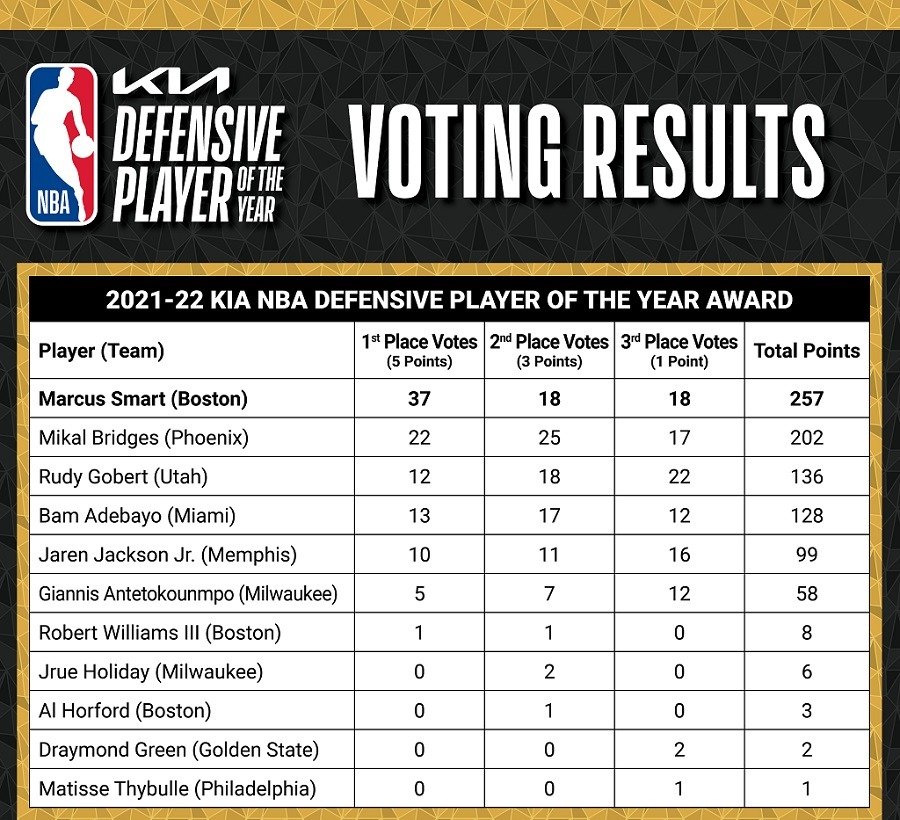 , f. , used often
, f. , used often Morphology: (no) what? protection what? protect , (see) what? protection what? protection about what? for protection ; pl. what? protection , (no) what? will protect , why? protection , (see) what? protection what? protection about what? about protections
nine0002 1. The protection of a city, a person, etc. is called the implementation and maintenance of the security of a city, a person, etc.2. Protection of animals, the environment, etc. are actions that are aimed at preserving, improving the living conditions of animals, making the environment cleaner, etc.
3. Protecting your interests you call actions aimed at ensuring that no one can interfere with your plans, as well as ensuring that the result of some business is useful to you.
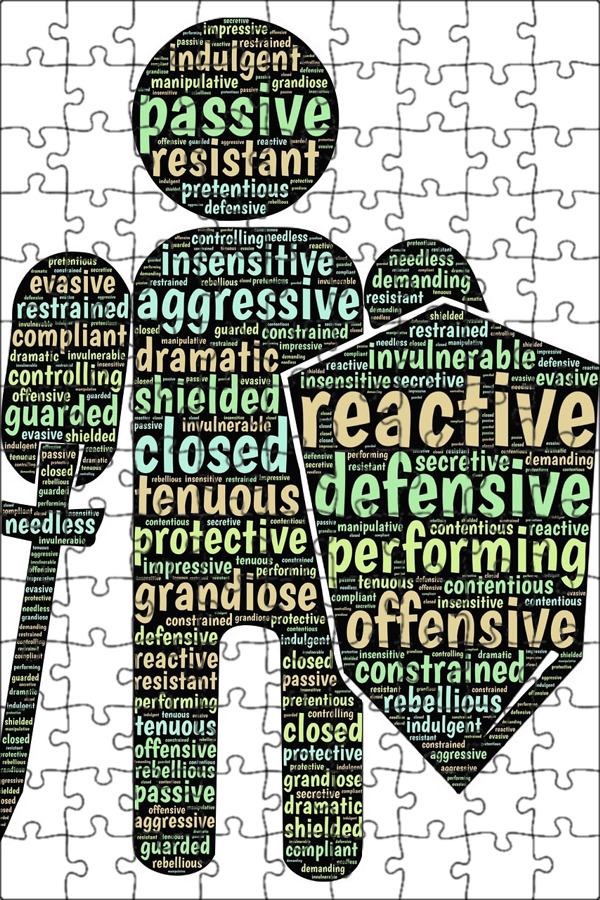 nine0029
nine0029 The bank guarantees maximum protection of the depositor's interests.
4. The protection of principles, of someone's rights, etc. is called actions aimed at ensuring that no one violates these principles, someone's rights, etc.
Everyone is guaranteed judicial protection of his rights and freedom.
5. The defense of ideas, views, etc. is the proof that this idea, these views, etc. are true. nine0029
You have to be prepared to defend your opinion.
6. If you take someone under your protection , then you decide to take care of the safety and well-being of someone, not to let other people offend someone.
When my aunt was about to punish her eight-year-old son, I took him under protection and asked him to cancel or postpone the punishment.
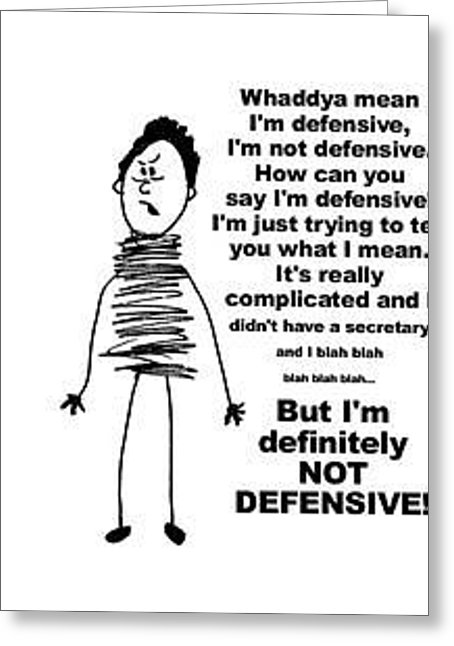
7. If a person, animal species, nature, etc. is under the protection of someone or something, it means that someone or something ensures the safety and well-being of a person, animal species, nature, etc.
The port was under the protection of several detachments. | I would like to believe that in this country we are under the protection of the law.
8. If you speak in defense of someone or something, then you are making a speech in which you talk about the need to protect, take care of someone's safety, that you can not destroy someone or something then. nine0029
Progressive critics defended the writer, emphasizing the social significance of the great realist's work.
9. The defense is a lawyer or group of lawyers who, during a trial, proves that the accused is not guilty, or tries to reduce the punishment.

